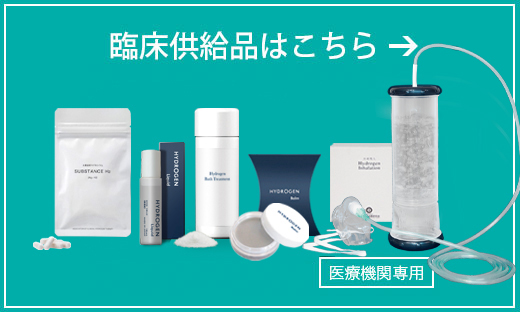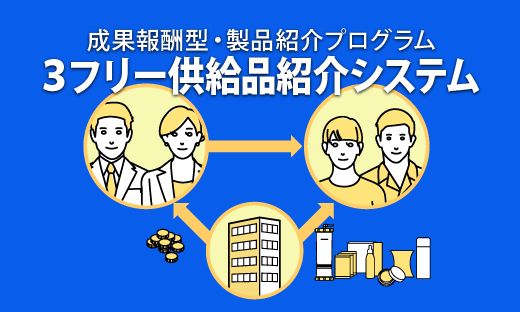Under normal physiological conditions, a homeostatic balance exists between the formation of oxgyen radicals (ROS) and their removal by endogenous scavenging antioxidants. An imbalance between oxidants and antioxidants that is in favor of the oxidants potentially leading to damage is termed “oxidative stress”. Mitochondria are a major producer of ROS, which mainly consists of superoxide anion, hydrogen peroxide, and hydroxyl radical. Especially, during systemic inflammatory response syndrome, sepsis, septic shock, there is an overproduction of ROS while the natural antioxidant mechanisms are weakened, mainly because of endothelial cell damage. General anesthesia can impair the immunological defense mechanisms while inducing an inflammatory reaction in alveolar macrophages. In chronic diseases and high mortality situations like sepsis, oxidative/antioxidative equilibrium shifts to the direction of oxidative stress. When elderly patients with chronic diseases and patients with sepsis undergo surgical operations, anesthesia and anesthetic agents used increases the oxidative stress in addition to the surgical trauma. Thence many studies are ongoing on the antioxidant drugs and enzymes. We must never forget to take the oxidative stress of our patients into account while planning their treatments.
ホーム Oxidative stress and its complications in human health
前の記事
Oxidative stress and human health
次の記事
Human umbilical cord blood-derived mononuclear cell transplantation for umbilical hernia and hepatic hydrothorax in primary biliary cirrhosis


